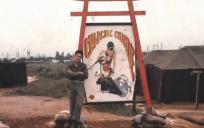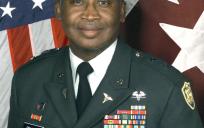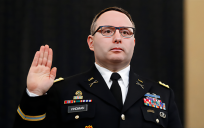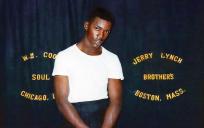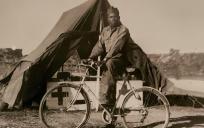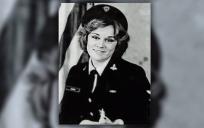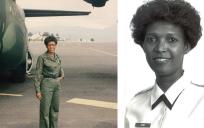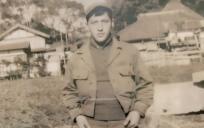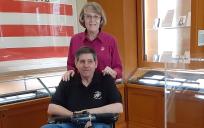Record date:
Robert McLeod, Aviation Boatswain’s Mate, 1st Class
After twenty years of service for the U.S. Navy, Robert McLeod faced several challenges at sea—including the attacks on Beirut during the Lebanese Civil War.
Robert McLeod was born on September 15, 1960, and raised in the south suburbs of Chicago. In his interview, he explains what it was like to grow up as an only child with a stay-at-home mother and a father who worked for the railroads.
In high school, Robert’s interests included wrestling and football. He was always a good student, but by graduation, he was itching to try something new. He pursued engineering at Purdue University for a few months before deciding to follow he initial dream of joining the US Navy. As a kid, he had never had the opportunity to travel and he wanted to see more of the world. So, he enlisted in November of 1979. While he was confident about his decision to enlist, his parents were not completely onboard with the idea though they later came round to it.
Robert embarked on his naval career by doing the required basic training in San Diego, California. He describes what an adjustment it was for him to begin living on a ship across the country with hundreds of other men. After basic training, he went into the airman field—the aviation side of the Navy.
Robert was first assigned to the USS Iwo Jima—an aircraft carrier for helicopters. While on the Iwo Jima, he spent some time off the coast of Beirut. Here, he witnessed the bombing of the Marine Barracks in October, 1983, - the Iwo Jima quickly became the venue of medical evacuation. McLeod and others helped the wounded and offer them comfort. He also had the grim task of carrying out the dead back to the land so that proper arrangements could be made for the remains.
Despite this, McLeod was committed to his career in the Navy. He reenlisted and was sent to Texas for Shore Duty after his six month deployment.
Leaving the Iwo Jima as an E5 2nd class, he was then assigned to the USS Independence in Philadelphia. He explains how this was a low point in his life, mostly because he was dealing with the effects the horrors he had witnessed in Beirut. Eventually, he went to work for the 3 Star Admiral in San Diego, where he worked in the flight deck equipment office for two years. Following that, he was assigned to the USS Ranger. He got back on his feet and moved up to 1st class. He accompanied the Ranger on its last ride before decommissioning, and spent some time in Somalia. Later, he dealt with harrier jets on the USS Essex, on the ship's first deployment. Near the end of his naval career, he was sent to a medical hospital in San Diego, where he was responsible for the environmental regulation compliance of the hospital. He retired from the Navy in 1999.
Robert eventually went on to work for the railroads, where he still works today. He values most camaraderie in his years’ of service. He is very grateful for the bonds he formed with his shipmates, and will never forget his experience in the Navy.
